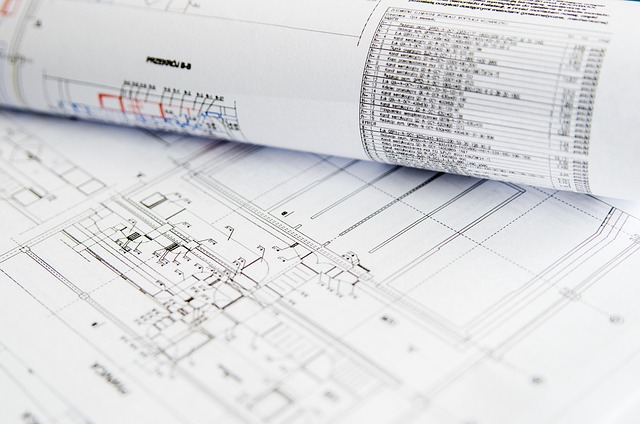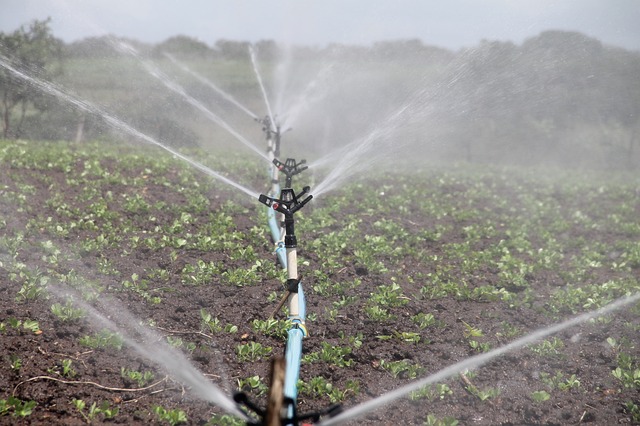Credit requirements, including payment history, debt levels, and financial health assessments, are pivotal in equipment financing. Lenders carefully evaluate applicants' credit profiles, offering better terms to those with strong financial backgrounds. Strict criteria involve collateral evaluation, guarantors, and business plan analysis, aiming to minimize risk. Businesses can enhance their chances by improving financial records, demonstrating growth, and adopting robust management practices. Financial institutions utilize advanced models to assess credit risk, leading to improved market stability and reduced default rates through enhanced credit requirements.
Enhancing creditworthiness is a game-changer in the realm of equipment financing, ensuring access to capital for businesses while mitigating risk for lenders. This article delves into the intricate relationship between creditworthiness and equipment financing, exploring key components of strict credit requirements. We provide actionable strategies for businesses to bolster their credit profiles, highlight the crucial role of financial institutions in risk evaluation, and offer compelling case studies showcasing successful implementations of enhanced credit criteria.
- Understanding Creditworthiness and Its Impact on Equipment Financing
- Key Components of Credit Requirements for Equipment Loans
- Strategies to Enhance Creditworthiness for Businesses Seeking Financing
- The Role of Financial Institutions in Evaluating Credit Risk
- Case Studies: Successful Implementation of Enhanced Credit Criteria
Understanding Creditworthiness and Its Impact on Equipment Financing

Creditworthiness is a fundamental concept in equipment financing, as it determines an entity’s ability to repay loans and fulfill financial obligations. It refers to the assessment of an individual or organization’s credit risk, based on factors such as payment history, debt levels, and overall financial health. Understanding and evaluating creditworthiness is crucial for lenders and financiers when extending credit for equipment purchases.
In the context of equipment financing, credit requirements play a pivotal role in shaping the lending process. Lenders carefully scrutinize an applicant’s credit history and profile to gauge their reliability. A strong credit profile indicates lower risk, potentially leading to more favorable loan terms, competitive interest rates, and higher borrowing limits. Conversely, poor creditworthiness may result in stricter credit requirements, higher interest rates, or even denial of financing, making it essential for borrowers to maintain a positive credit standing to access affordable equipment funding.
Key Components of Credit Requirements for Equipment Loans

When considering equipment financing, understanding the key components of credit requirements is vital. Lenders assess several factors to determine an applicant’s creditworthiness, including their financial history, debt-to-income ratio, and business reputation. A strong financial background, demonstrated through consistent revenue streams and a low debt burden, significantly improves loan eligibility. Additionally, lenders may review business plans and industry trends to gauge the stability and growth potential of the borrower’s venture.
The credit requirements for equipment loans also encompass collateral evaluation and guarantor involvement. Equipment itself often serves as collateral, ensuring the lender’s investment. A robust collateral position strengthens the loan application. Furthermore, personal guarantees or third-party guarantors may be required, especially for smaller businesses or those with limited financial history, adding another layer of protection for the lender.
Strategies to Enhance Creditworthiness for Businesses Seeking Financing

When businesses aim to secure equipment financing, meeting strict credit requirements is often a key challenge. To enhance their creditworthiness, companies should first conduct a thorough financial audit. This involves assessing and understanding their current financial health, cash flow patterns, and debt obligations. Accurate record-keeping and transparent reporting are essential; any discrepancies or omissions could hinder approval.
Additionally, businesses can improve their chances by demonstrating consistent revenue growth and strong industry standing. Building a solid reputation with reliable vendors and partners can vouch for the company’s credibility. Implementing robust financial management practices, such as on-time payments and responsible borrowing, further solidifies their position. These strategies collectively contribute to a stronger credit profile, making it easier to access financing at competitive terms.
The Role of Financial Institutions in Evaluating Credit Risk

Financial institutions play a pivotal role in evaluating and managing credit risk associated with equipment financing, which is essential for maintaining stability in the lending sector. These institutions employ sophisticated models and analysis to assess the creditworthiness of borrowers, ensuring that they meet the strict credit requirements necessary for such specialized financing. By scrutinizing financial statements, historical data, and industry trends, lenders can predict borrower behavior and mitigate potential risks.
In the context of equipment financing, financial institutions consider various factors like the borrower’s capacity to repay, the value and condition of the collateral (equipment), and market conditions related to the specific industry. They also evaluate the credit history, cash flow patterns, and overall financial health of the borrower. This comprehensive evaluation is crucial in determining the terms of the loan, interest rates, and, ultimately, ensuring both the lender’s and the borrower’s interests are protected under the agreement.
Case Studies: Successful Implementation of Enhanced Credit Criteria

In recent years, several financial institutions have successfully implemented enhanced credit criteria for equipment financing, leading to improved creditworthiness and risk management. These case studies highlight the positive impact of stricter credit requirements in identifying low-risk borrowers and ensuring sustainable growth. For instance, a study of a mid-sized bank revealed that by adopting more robust credit assessment methods, they were able to reduce default rates by 15% within the first year, while maintaining a healthy loan portfolio.
The implementation involved analyzing historical data, incorporating advanced analytics, and setting transparent credit requirements. This approach not only benefited the lender but also facilitated access to financing for many viable businesses. As a result, these case studies demonstrate that enhancing credit criteria can foster a more stable equipment financing market, benefiting both lenders and borrowers in the long term.














